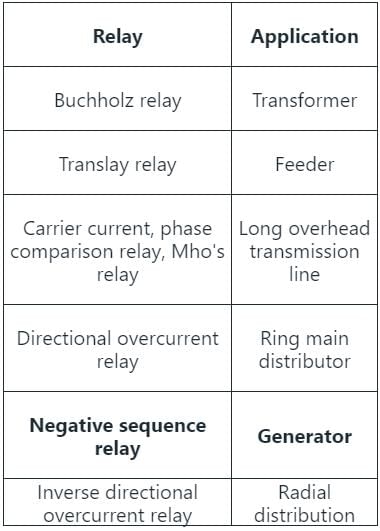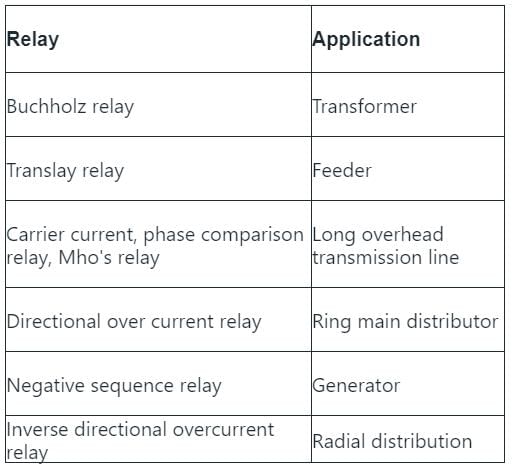Electrical Engineering (EE) Exam > Electrical Engineering (EE) Tests > Test: Protective Relays - Electrical Engineering (EE) MCQ
Test: Protective Relays - Electrical Engineering (EE) MCQ
Test Description
10 Questions MCQ Test - Test: Protective Relays
Test: Protective Relays for Electrical Engineering (EE) 2025 is part of Electrical Engineering (EE) preparation. The Test: Protective Relays questions and answers have been prepared
according to the Electrical Engineering (EE) exam syllabus.The Test: Protective Relays MCQs are made for Electrical Engineering (EE) 2025 Exam.
Find important definitions, questions, notes, meanings, examples, exercises, MCQs and online tests for Test: Protective Relays below.
Solutions of Test: Protective Relays questions in English are available as part of our course for Electrical Engineering (EE) & Test: Protective Relays solutions in
Hindi for Electrical Engineering (EE) course.
Download more important topics, notes, lectures and mock test series for Electrical Engineering (EE) Exam by signing up for free. Attempt Test: Protective Relays | 10 questions in 20 minutes | Mock test for Electrical Engineering (EE) preparation | Free important questions MCQ to study for Electrical Engineering (EE) Exam | Download free PDF with solutions
Test: Protective Relays - Question 1
A relay is connected to a 400/5 ratio current transformer with circuit setting of 150%. Calculate the plug setting multiplier when circuit carries a fault current of 3000 A.
Detailed Solution for Test: Protective Relays - Question 1
Test: Protective Relays - Question 2
Which of the following relay is used for the protection of feeders and large busbars?
Detailed Solution for Test: Protective Relays - Question 2
Detailed Solution for Test: Protective Relays - Question 3
Detailed Solution for Test: Protective Relays - Question 4
Test: Protective Relays - Question 5
An over-current relay, having a current setting of 12.5% is connected to a supply circuit through a current transformer with a ratio of 400/5. The pick-up value of the current in Amperes is:
Detailed Solution for Test: Protective Relays - Question 5
Detailed Solution for Test: Protective Relays - Question 6
Test: Protective Relays - Question 7
If for an IDMT relay with a plug setting of 50% and a CT ration of 400/5, the current is 3000 A, then the plug setting multiplier would be:
Detailed Solution for Test: Protective Relays - Question 7
Detailed Solution for Test: Protective Relays - Question 8
Test: Protective Relays - Question 9
What type of protection is used for LT lines passing through agricultural fields?
Detailed Solution for Test: Protective Relays - Question 9
Detailed Solution for Test: Protective Relays - Question 10
Information about Test: Protective Relays Page
In this test you can find the Exam questions for Test: Protective Relays solved & explained in the simplest way possible.
Besides giving Questions and answers for Test: Protective Relays, EduRev gives you an ample number of Online tests for practice
Download as PDF


























